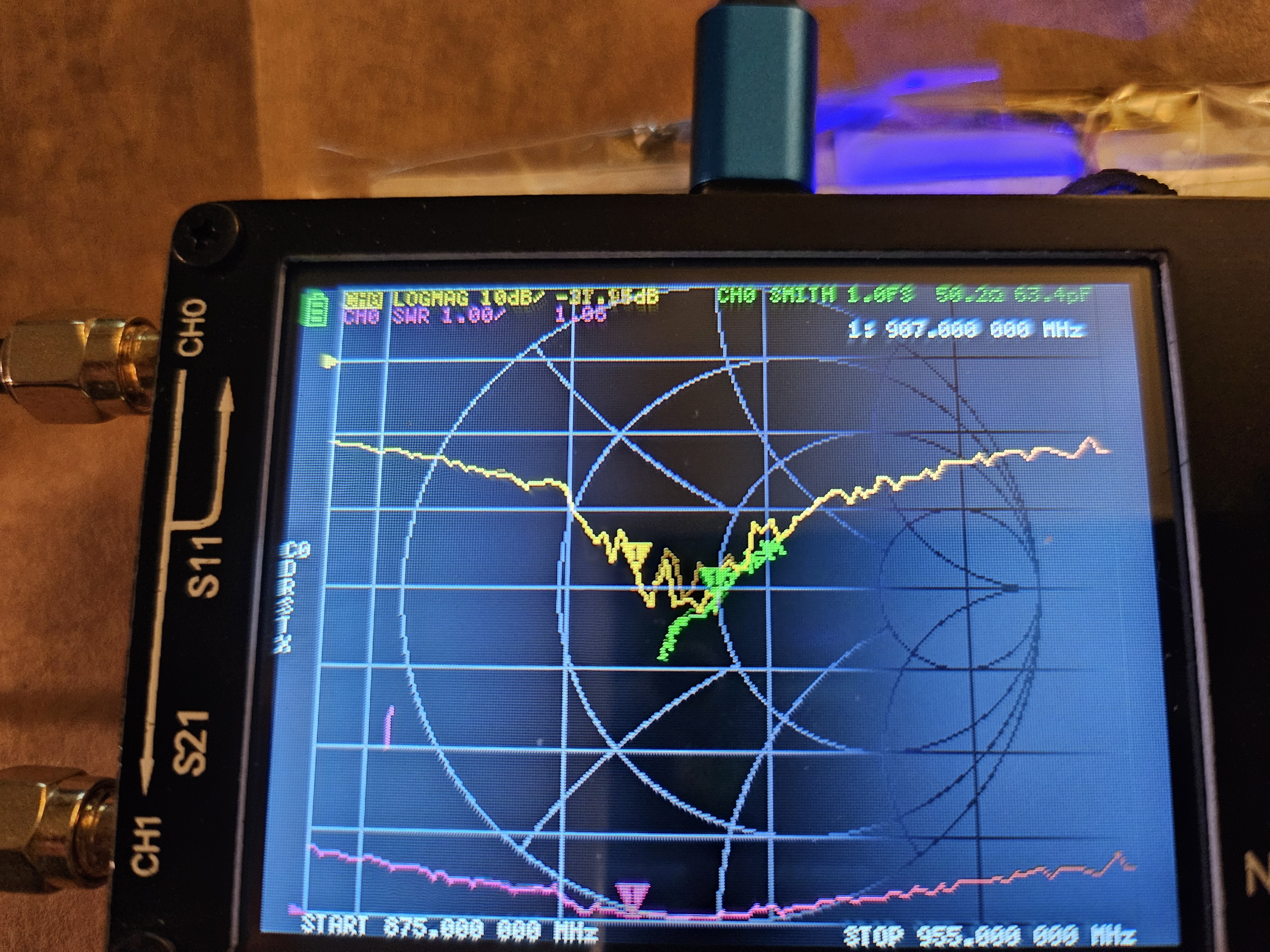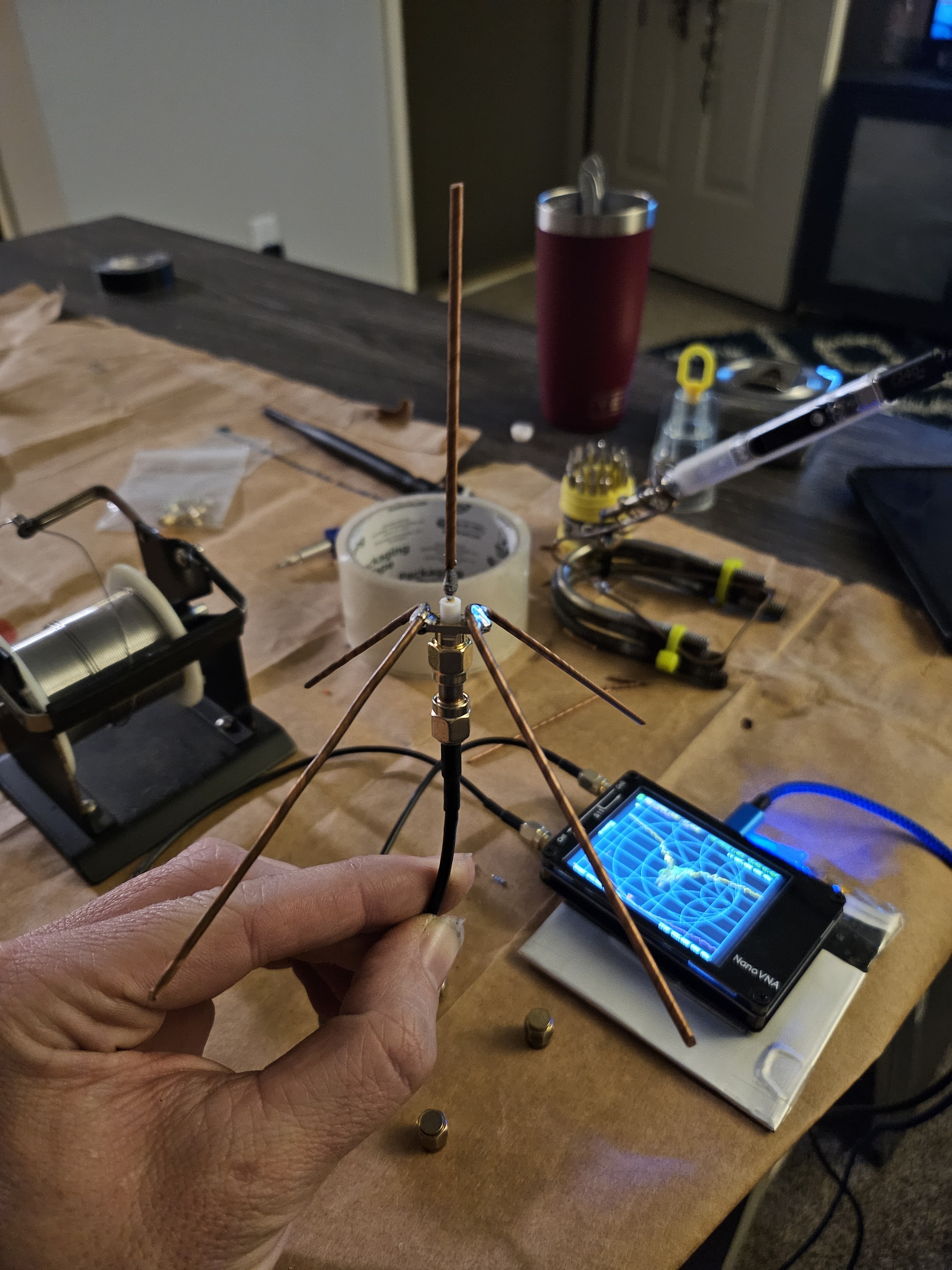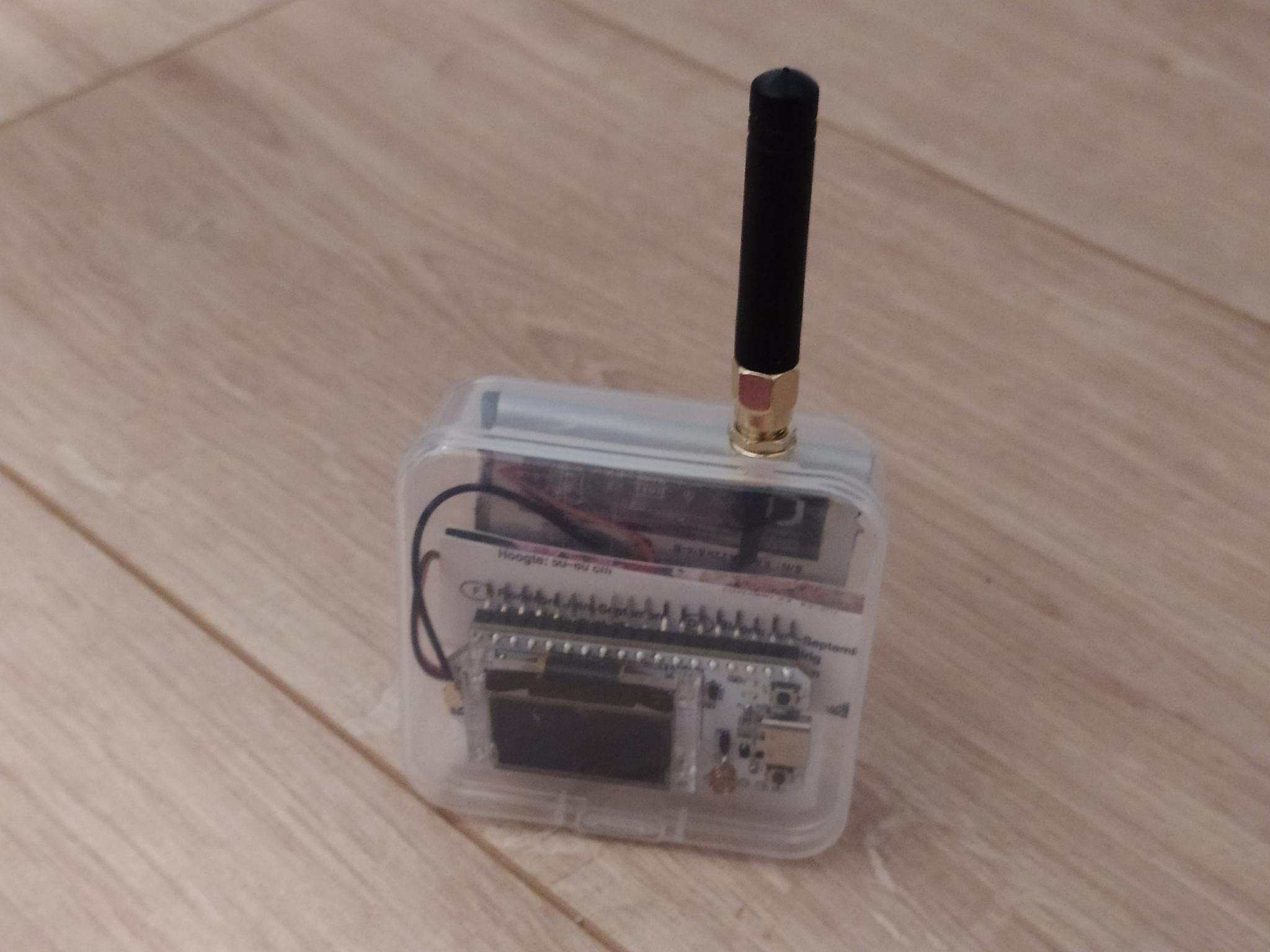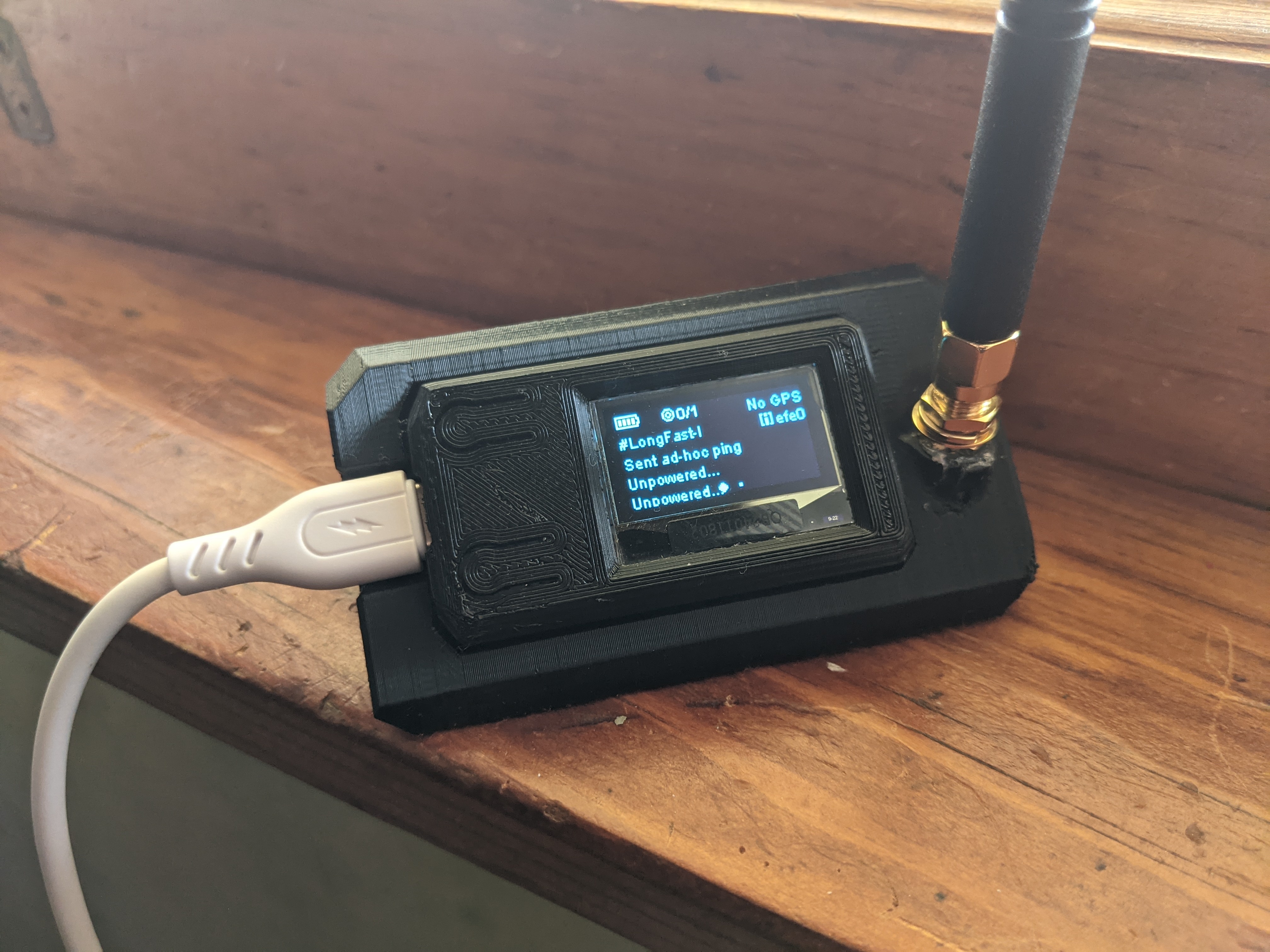Hear me out. I've been thinking about the best way to put up solar nodes in my area.
I live in Michigan so the winters are long and usually cold, and can get quite cold on occasion. Less so these days, but still. We all know that lithium doesn't like to be charged below 32f, so that's a problem.
I have one idea for a remote node on my property, to just use a 6v sealed lead acid with a 6v solar trickle charger, maybe a diode in series to the node if the voltage from the panel threatens to go over 7 or 8 volts. Or some kind of shunt, idk that idea isn't fully baked.
I'm also looking into a thermostatically controlled resistive heater. Bump up the capacity of the battery and make sure the panel is big enough to run the heater non-stop if need be. But that idea is also still baking, parts are in the mail and prototyping is yet to be done.
But then I had another idea. What about super capacitors? You can get a 5.5v 10F super capacitor on Amazon for $6.
Some chatgpt math (and a proper understanding of the difference between power and energy, or rather ma vs mah) tells me that the storage 10F at 5 ish volts is equal to a nominal lipo at 3.7v and 10mah. Ignoring the fact that the capacitors voltage would drop sooner, and thus you'd lose some energy on the bottom end...
The T114 v2 has a built in solar charger circuit, a standby current of 9ma, and a TX draw of 150ma. So with a super capacitor you could get roughly an hour of idle time, or 4 solid ish minutes of nonstop transmitting. That's more than enough to account for a big cloud passing by, especially if you beefed up the solar panel, or easier yet just doubled or tripled the capacitors, they are pretty small.
The charging circuit might not like the low internal resistance of an empty capacitor every sunrise, but a couple ohm resistor in series would probably solve that.
Yes it's not ideal to have your nodes turning off every night, especially in the winter when days are short to begin with. But could it technically work? I feel like it could technically work. It'd be great in the summer,
My only concern would be the node getting stuck in a weird state if the sky is cloudy and the CPU browns out. It'd take a whole day to power cycle. Probably put a megohm resistor across the capacitor to ensure that it drains fully overnight in that scenario.
Are there any concerns with constantly hard power cycling a node like that? Data corruption?
The lead acid is probably the safest solution, though heavy. And the heater is probably the most compact solution, though more complicated and prone to catastrophic failure. But maybe there is room for super capacitors?
Sorry for the wall of text. Just spit balling.
Edit: HOLD THE PHONE! You can get 500F caps for $7! The reviews say they're actually more like 300F, but even that could idle a node for well over 24 hours, and TX nonstop for 2 hours, which is unlikely to happen. This is a game changer. This could solve the winter lithium problem.. I'm going to try this and I'll report back.
Edit 2: Various super caps and LiCs still on order. But I just came across this in the discord:
"Dendritic degradation happens when charging below freezing. However it’s a slow process. And the slower the charge, the longer the lifetime. With IoT devices the charge rate is quite low and not as critical compared to higher draw devices. Up here winters reach -40 sometimes, and in a lot of cases it sits below freezing for weeks, even months at a time. We’re now in our second winter on the same batteries with no failures (yet). Regular lithium Ion and LiPo. I’ve only done LTO for high traffic nodes that are very hard to access. Otherwise just plan to replace them when they die.
Slower the charge rate / the higher the capacity / the newer the battery / the better the quality the battery, all compound into longer cold weather performance.
There’s other factors too, like the higher the charge rate usually means the more sun/solar activity, which also means if you have a properly setup enclosure, the sun hitting it can be enough to increase the temp by over +20c or even more. This also doesn’t account for the charge/discharge heat being released by the batteries themselves in the enclosure."
-Cully@KBOXLabs
So it seems to me I'm overthinking this whole thing.
Maybe a super cap or LiC would be good for extreme longevity. But a decent pair of 18650s might be plenty for something you won't have to touch for a couple years 🤷♂️
I'll still do some testing and report back, but I might not spend the extra money making each node supercapped.




